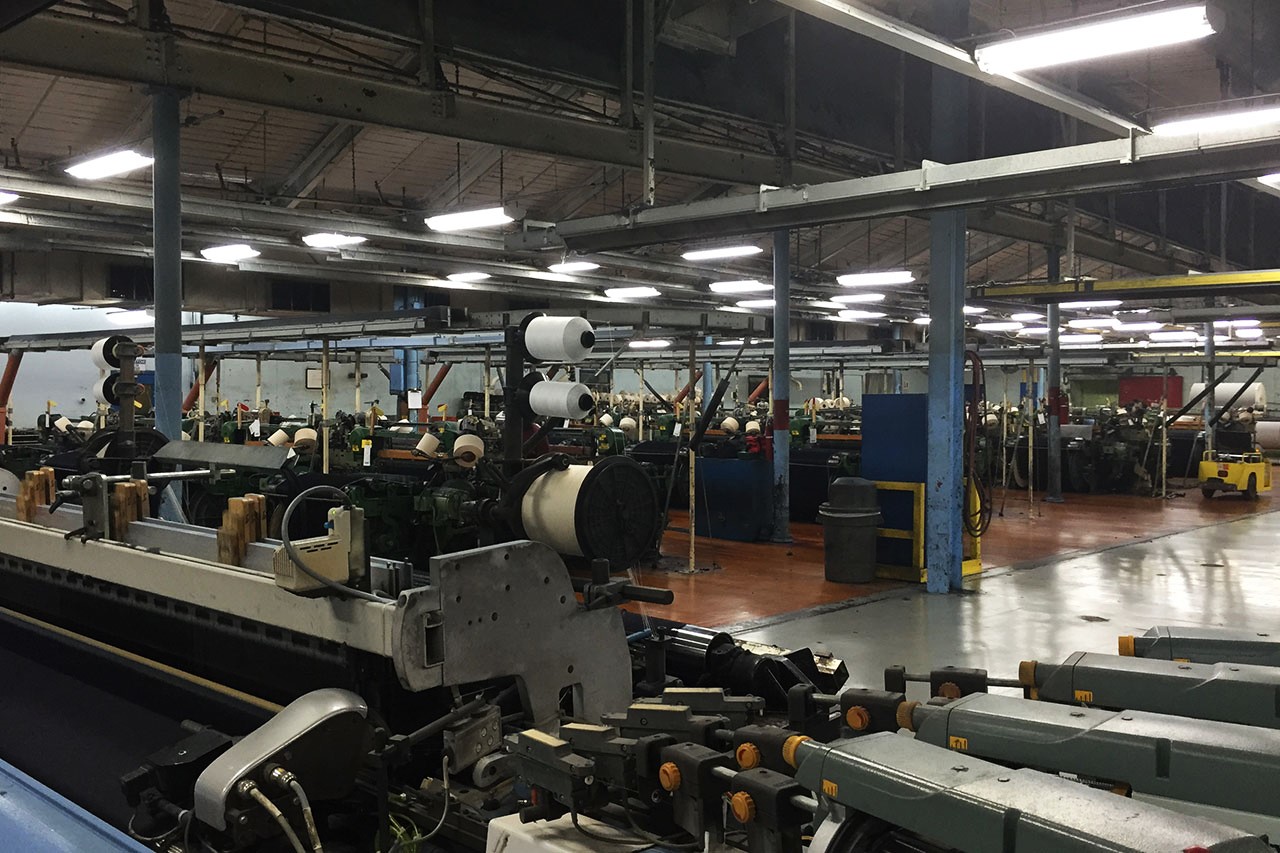Secrets Of Greensboro’s Textile Mill History

Ever wondered about the rich history behind Greensboro's textile mills? This city, known for its vibrant culture, has deep roots in the textile industry. From the late 19th century to the mid-20th century, Greensboro was a textile mill powerhouse. These mills not only shaped the local economy but also influenced the social fabric of the community. Many of the old mill buildings still stand today, serving as a reminder of the city's industrious past. Exploring these historic sites offers a glimpse into the lives of the workers and the evolution of textile production. Ready to dive into Greensboro's textile legacy? Let's get started!
Discovering Greensboro's Textile Mill History
Greensboro, North Carolina, boasts a rich textile mill history that has shaped its identity. From bustling factories to historic landmarks, the city's past is woven with fascinating stories. Let's explore some key places that highlight Greensboro's textile heritage.
The Textile Heritage Museum
The Textile Heritage Museum offers a deep dive into the city's textile past. Located in the historic Glencoe Mill Village, this museum showcases artifacts, photographs, and exhibits that tell the story of the textile industry's impact on the region.
- Glencoe Mill Village: This preserved mill village provides a glimpse into the lives of mill workers. Stroll through the restored homes and imagine the daily routines of those who lived and worked here.
Revolution Mill
Revolution Mill stands as a testament to Greensboro's industrial prowess. Once a bustling textile factory, it has been transformed into a vibrant mixed-use space, blending history with modern amenities.
- Revolution Mill Studios: These studios house artists, entrepreneurs, and small businesses. The creative energy within these walls is palpable, making it a must-visit for anyone interested in Greensboro's evolving landscape.
Proximity Hotel
Proximity Hotel, an eco-friendly establishment, pays homage to Greensboro's textile roots. Built on the site of a former textile mill, this hotel combines sustainability with luxury.
- Print Works Bistro: Located within Proximity Hotel, this bistro offers a delightful dining experience. Enjoy a meal while appreciating the historical significance of the location.
White Oak Legacy Foundation
The White Oak Legacy Foundation preserves the legacy of the White Oak Mill, once one of the largest denim producers in the world. This foundation ensures that the mill's history is not forgotten.
- White Oak Mill Site: Although the mill has ceased operations, the site remains a symbol of Greensboro's textile heritage. Visit to pay tribute to the workers who contributed to the city's growth.
Greensboro History Museum
The Greensboro History Museum offers a comprehensive look at the city's past, including its textile industry. Exhibits here provide context and depth to Greensboro's rich history.
- Textile Gallery: This gallery within the museum focuses on the textile industry's role in shaping Greensboro. Interactive displays and artifacts bring the story to life.
Cone Mills Corporation
Cone Mills Corporation played a pivotal role in Greensboro's textile history. Known for producing high-quality denim, this company left an indelible mark on the industry.
- Cone Mills Archives: These archives house a treasure trove of documents, photographs, and memorabilia related to Cone Mills. Researchers and history enthusiasts will find this collection invaluable.
Blandwood Mansion
Blandwood Mansion, once home to Governor John Motley Morehead, offers a unique perspective on Greensboro's history. The mansion's connection to the textile industry adds another layer to its significance.
- Governor Morehead's Office: This room within Blandwood Mansion showcases artifacts and documents related to Morehead's involvement in the textile industry. It's a fascinating stop for history buffs.
Greensboro's Textile Mill Legacy
Greensboro's textile mill history is a tapestry of innovation, hard work, and community. Each of these places offers a unique glimpse into the city's past, allowing visitors to appreciate the enduring legacy of the textile industry.
Greensboro's Textile Legacy Lives On
Greensboro's textile mill history is more than old buildings and machinery. It's a story of innovation, hard work, and community spirit. The mills shaped the city's economy, culture, and identity. Today, you can still see their influence in local museums, historic sites, and even in the city's modern industries. Visiting places like the Revolution Mill or the Greensboro History Museum offers a glimpse into this rich past. Whether you're a history buff or just curious, exploring these sites provides a deeper understanding of Greensboro's roots. The legacy of the textile mills continues to inspire and remind us of the city's resilient spirit. So next time you're in Greensboro, take a moment to appreciate the history woven into its fabric.

